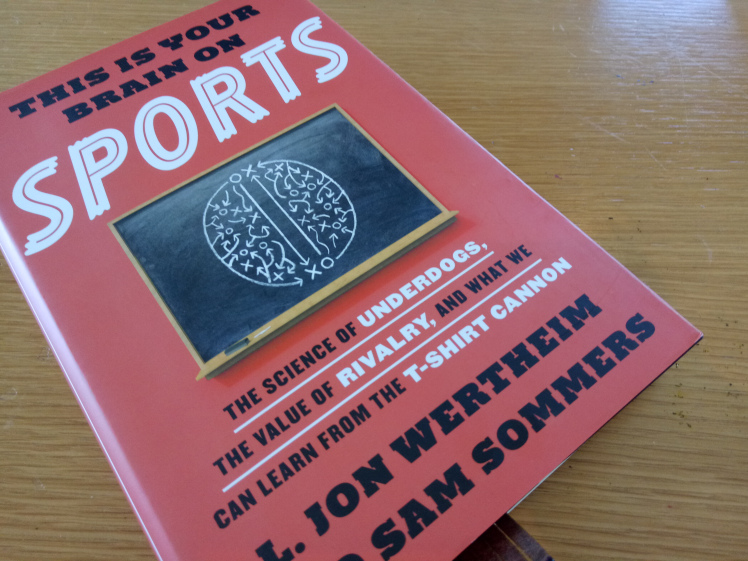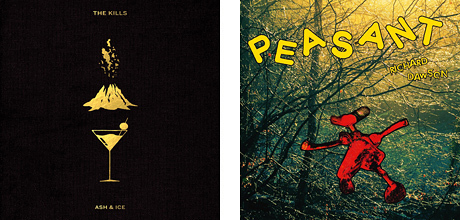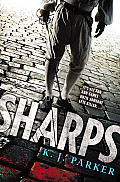
I bought this book a year ago, when it first came out. I think it was the subhead “what we can learn from the T-shirt cannon”, that grabbed me. I figured it’d be a fun take on the world of sports. Then I got the book and started reading it, only to give up in frustration – even though the section dealing with the T-shirt cannon was right up the front.
It wasn’t what I wanted, wasn’t what I expected. So, unhappy – and a little angry at the book for disappointing me – I put it back on the shelf. Then, every time I went over to the shelves to find something to read, I’d see the spine of this book and think “that book is crap. Don’t pick it up.”
That was until this week, when I actually did pick it up. Where last time I couldn’t stand the book, this time I’m finding it really engrossing. It’s like a Freakonomics for sport. Yeah, these days any book that touches on economics in a non-dull way gets tagged “the Freakonomics of [insert topic here]”. It’s lazy but, hey, it still gets the point across.
I’m also at a loss to work out why I didn’t like it the first time around. I’ve flipped through those first pages looking for any signs of what might have turned me off, but I can’t find them.
This isn’t the first time it’s happened to me – one of my favourite books (Snakebite Sonnett by Max Phillips) was one I started and then threw across the room in anger because I hated it so much. Tried it again and loved it – so much so I bought several copies to give as gifts.
It’s a clear indication that reading – and the subjects you want to read about – are susceptible to moods. That one day you can hate a book so much that you want to take it out to the backyard and set it on fire and, three months later, you fly through the pages and feel sad when you get to the end.
It’s also why I can buy a new book, put it on the shelves and then, a few months later, think “why the hell did I ever buy that?”.
Advertisements Share this:




